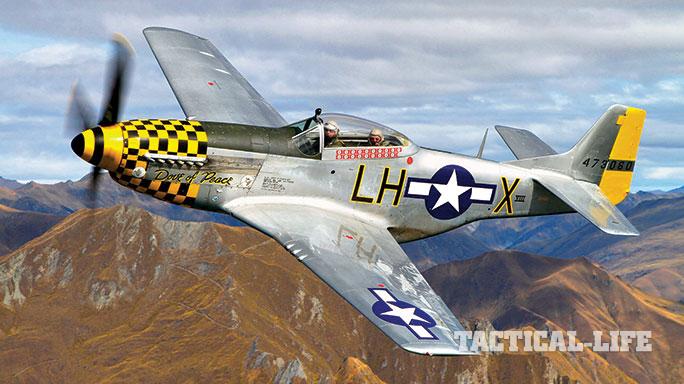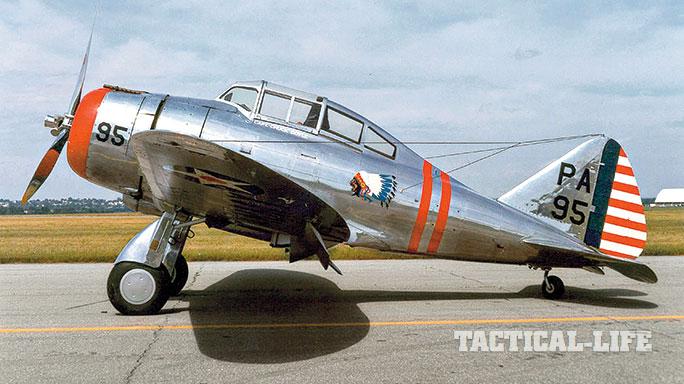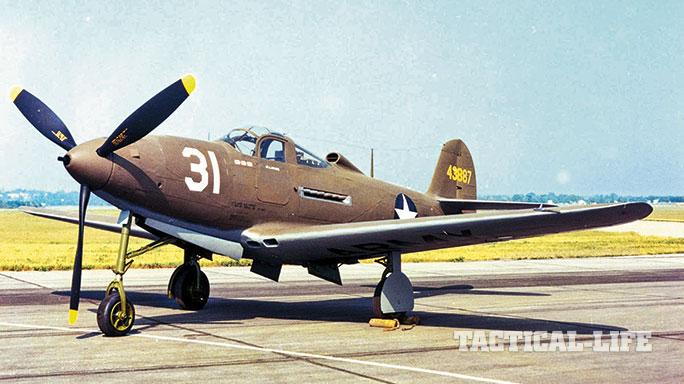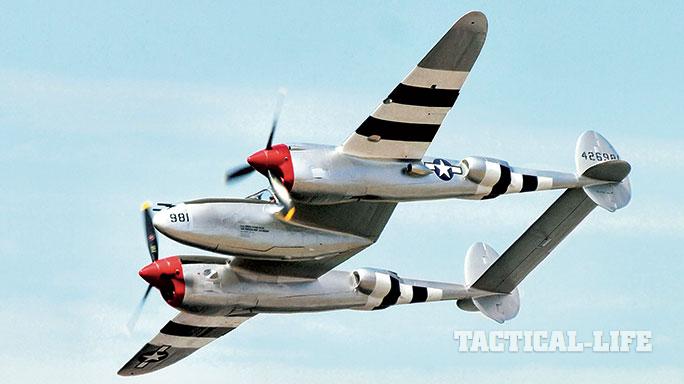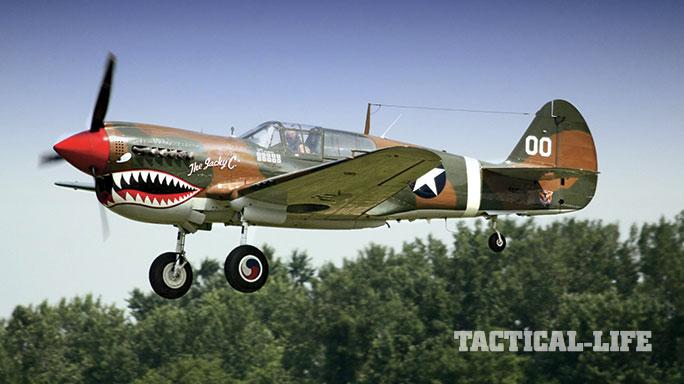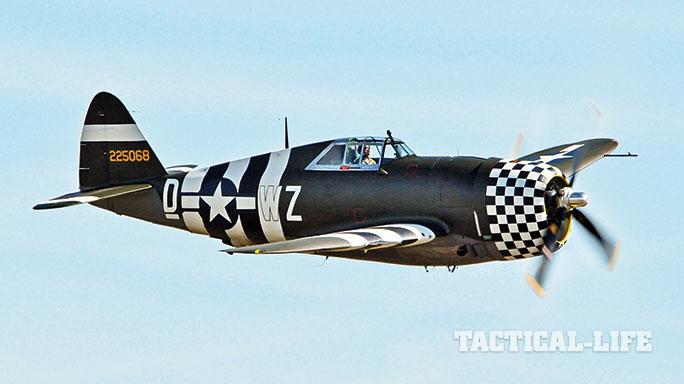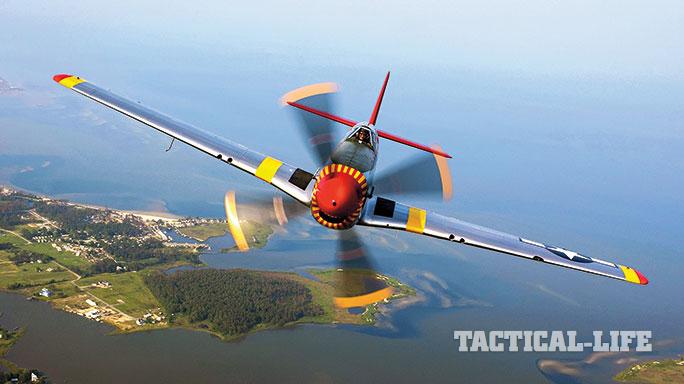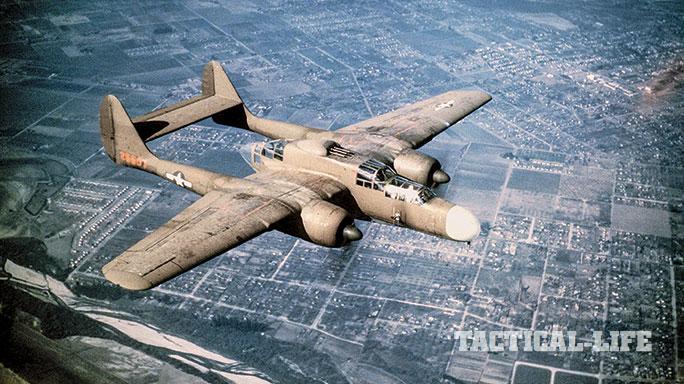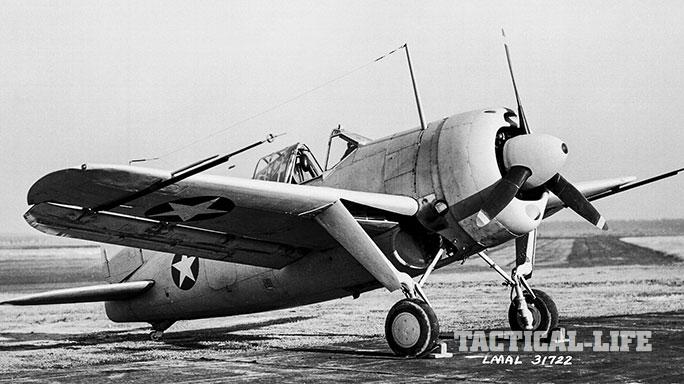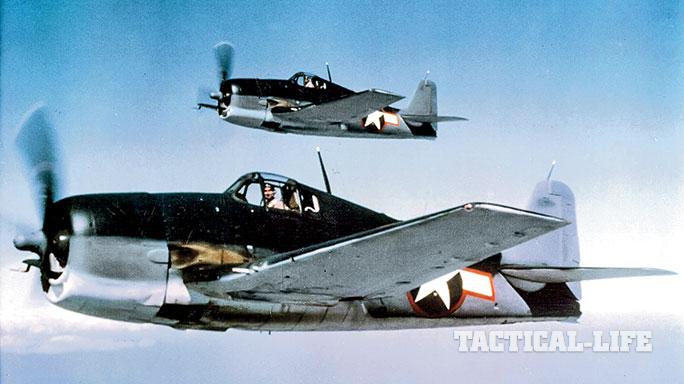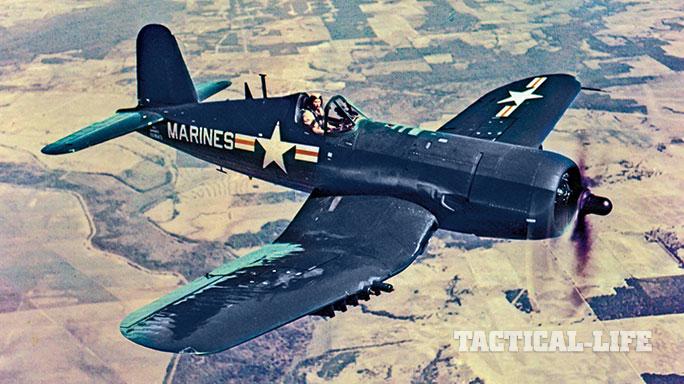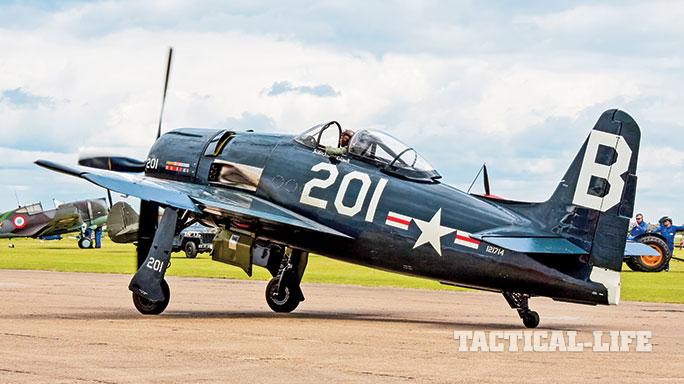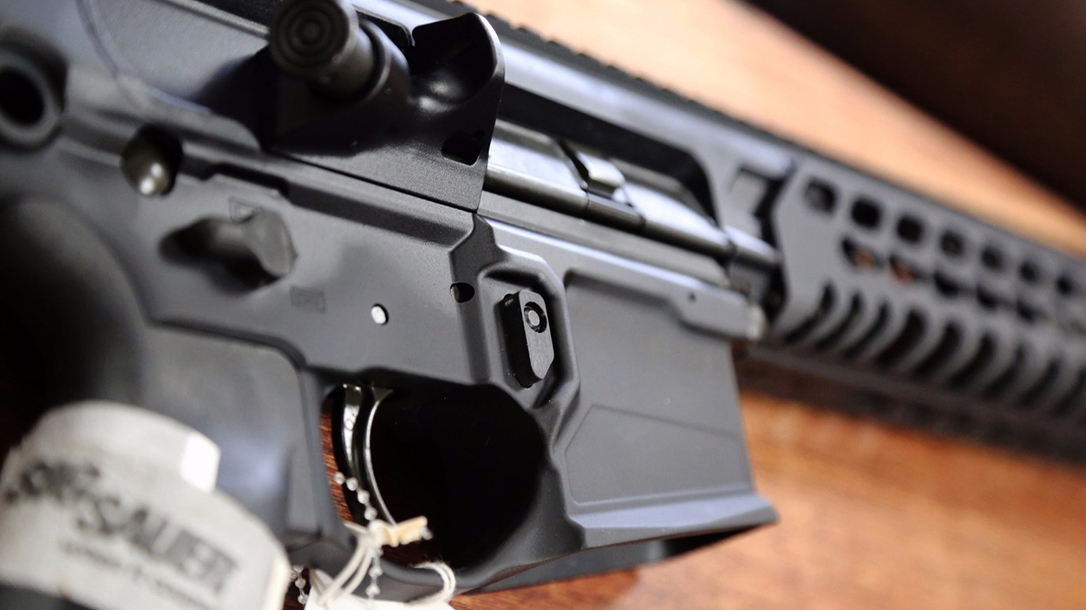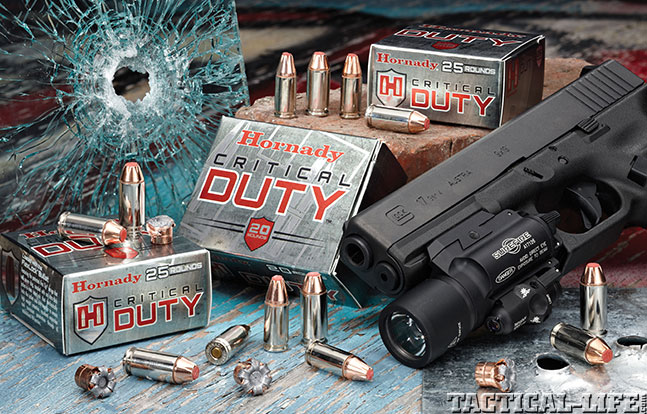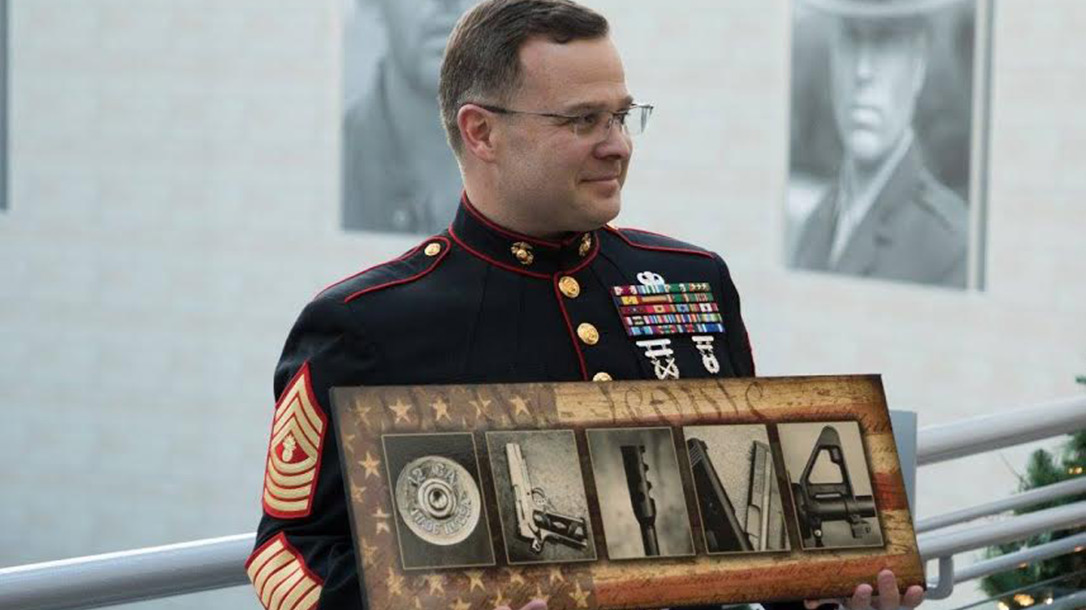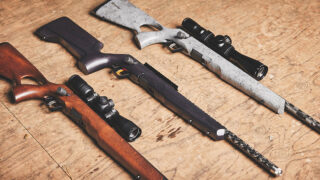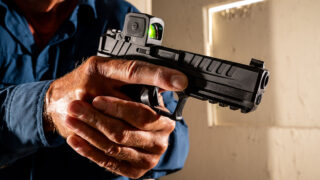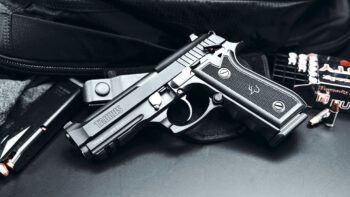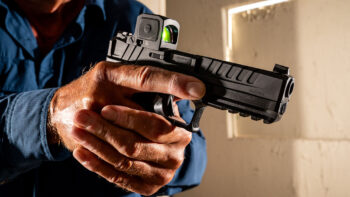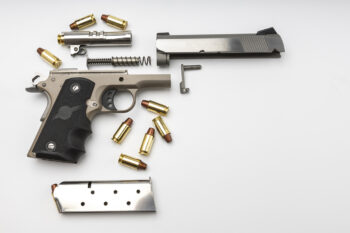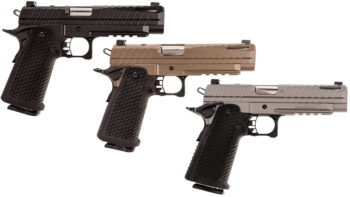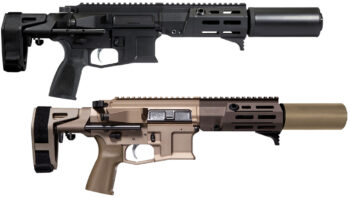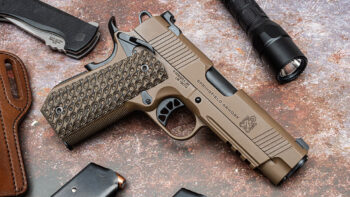World War II changed everything. It encompassed less than a decade, lasting from 1939 to 1945, but nearly every aspect of human civilization was revolutionized, abandoning old traditions and adopting new ways of life. The war created new technologies and expanded others. Probably no technological arena was altered more radically than aviation. Before the war, aviation had been a novelty on the periphery of society and military operations. After 1945, aviation was essential, at the center of the world’s new economy and the foundation of future conflict.
- RELATED: Great American War Helmets Of World War I
- RELATED: Top 10 Battle-Proven Military Cartridges From Around the World
Aviation’s coming of age in just a few years was due to extraordinary technical breakthroughs in design, manufacturing, distribution and management of airframes and power plants. Aviation engines, mostly in-line for the Army Air Force (AAF) and radial for the Navy and Marines to save precious carrier deck space, are still used today. Combatant nations, most especially the United States, produced radically new, sophisticated aircraft that left many of their predecessors in the dust and set the stage for even more remarkable innovations in the Jet Age that started as the war ended. Other countries frequently achieved comparable success by copying U.S. designs and processes.
Furthermore, these new aircraft became realities almost instantly and at remarkably low cost. For example, just 117 days elapsed from the P-51 Mustang’s contract date to the prototype’s first flight. At peak production in 1944, the Mustang’s unit flyaway cost was about $50,000. Seventy years of inflation would raise that price to less than $670,000 today, a ridiculously low cost when compared to the F-35 Lightning II Joint Strike Fighter, with a current price tag of about $108 million for the Air Force’s F-35A designed for conventional runways to $134 million for the Marine Corps’ F-35B VTOL version and $125 million for the Navy’s F-35C carrier model. The U.S. built about 15,800 Mustangs for an estimated $10.59 billion in current dollars. The 2010 procurement plan, reduced several times since, called for 2,443 F-35s for an estimated $323 billion. Yes, the F-35 is more capable than the P-51, but should that capability improvement cost more than 197 times as much?
“The simple truth is that WWII required absolute and unyielding commitments to excellence from entrepreneurs,engineers and technicians because the stakes were so high.”
The simple truth is that WWII required absolute and unyielding commitments to excellence from entrepreneurs, engineers and technicians because the stakes were so high. In recent years, new U.S. military aircraft have performed well, but in conflicts with reduced challeges to their dominance. One reason Americans venerate WWII warbirds decades after they served is that they faced challenges, constant and dire, and not only endured, but prevailed, compelling evidence of the effectiveness of their producers and operators.
A survey of American fighter aircraft (the Army’s P-model designation stood for “pursuit”) flown by the U.S. Army Air Corps (USAAC) and Army Air Forces (USAAF) and the U.S. Navy and Marine Corps in World War II demonstrates several of these characteristics in spades.
For More Information










